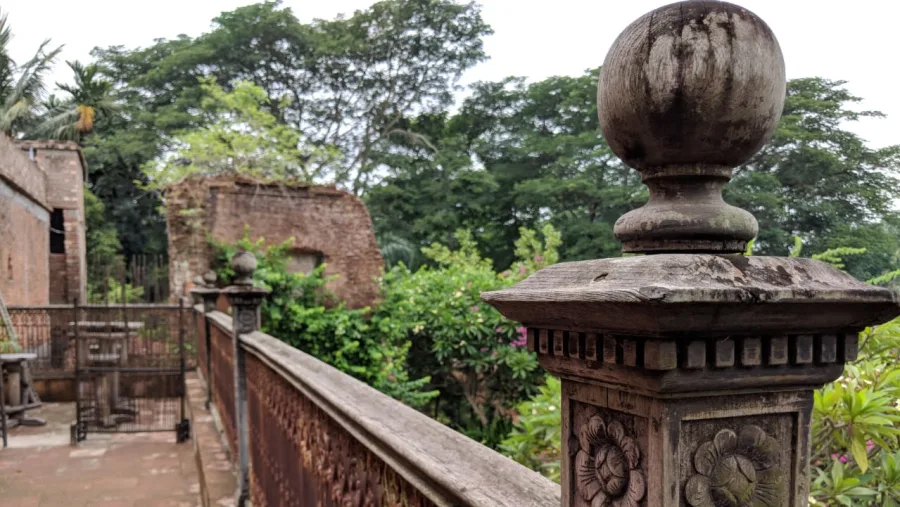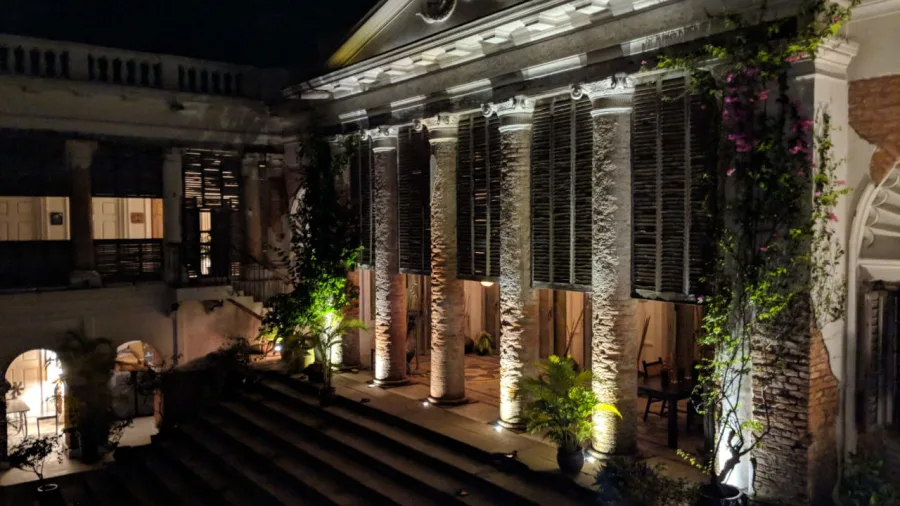

The Zamindars of Bengal led a lavish life full of wealth and privileges; they are the Nawabs, Thakur or Landed gentry equivalent of this region and led rich lives, which were an amalgamation of intrigue, battles, love, the arts and business, set amidst riches and the finest luxury India offered at that time.
The Mondal Dynasty of Bawali has an extraordinary family history, dating back over four hundred years, one which started with the Mughal Emperor, Akbar the Great, His Commander in chief, Maharajah Sawai Man Singh of Jaipur and a promising army officer, Shoba Ram Rai, originally from Uttar Pradesh. In return of having quelled a rebellion of peasants and pirates, he was gifted over 300,000 acres of land in far from present Bengal.
The remainder of the history is a story passed down in the great oral tradition of Indian story-telling passed down from generation to generation. The legend involves entrepreneurship, operations of the East India Company and the ensuing colonial era and most importantly, the decision to base themselves around 350 years ago, in the 24 Parganas, a strategic point on the Hooghly River from where they could see their wealth prosper. Initially, this land was still a part of the Sunderbans, a stretch of mangroves, and swampland, home to countless tigers and extravagant wildlife. The local population were the Baule Community, forest dwellers who lived a subsistence existence, fishing and collecting honey. They worshipped two main Gods – ‘Bon Bibi’, the Goddess of the Forest and ‘Dakshin Rai’, the God of the Tigers, both of whom would protect them.
However, the Mondal Family as they were called by then, were worshipers of Lord Krishna and needed their own temples and so, having settled, built their first, ‘Sri Radha Kantajiu’, which was closely followed by several others around the area. Their homes, soon followed, transforming this small, rural village into an extraordinary town of temples and palaces.
The Rajbari itself, an extraordinary architectural masterpiece, was built around 250 years ago. It saw over 170 years of grand living, parties and eminent guests, but post-independence, the Zamindars lost a majority of their wealth, and the house started to fall into despair. Many others disappeared altogether as the families started to disperse to rebuild their own lives. A few members stayed on, caught up in the memories of their former glory. At one stage, in order to raise money, it was used for film shoots and also as a movie theatre. But all this was not enough. It is only until recent times that The Rajbari, the only remaining building from this time, albeit in ruins, has been salvaged and exquisitely restored to reflect the opulence, style and grace of the Zamindars of Bengal.

